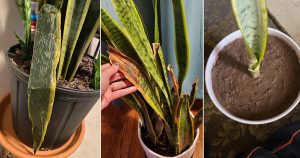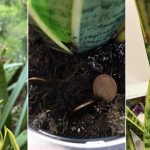Love to see those mini-me versions of your Sansevierias? Here you get more Snake Plant Pups with These Tips!
Snake plants are not only stylish houseplants but also great air purifiers. If you’ve spotted those cute little offshoots, or “pups,” sprouting around your plant, you’re in for a treat! These pups are baby snake plants waiting to grow up and be separated. In this article, we’ll share some easy tips to help your snake plant produce more pups, so you can enjoy a flourishing collection.
Understanding Snake Plant Pups
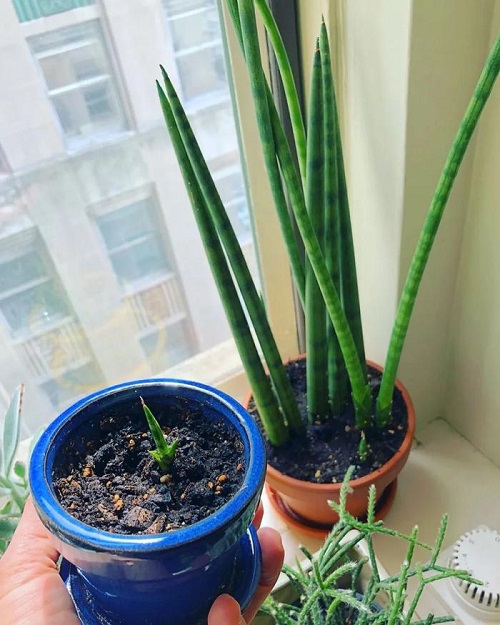
So, what exactly are snake plant pups? Think of them as the plant equivalent of those surprise extra fries at the bottom of your takeout bag. They’re little bonus plants that grow from the main plant, just waiting to be potted separately and become their own thriving snake plant.
Get More Snake Plant Pups with These Tips
1. Use Gritty Soil Mix
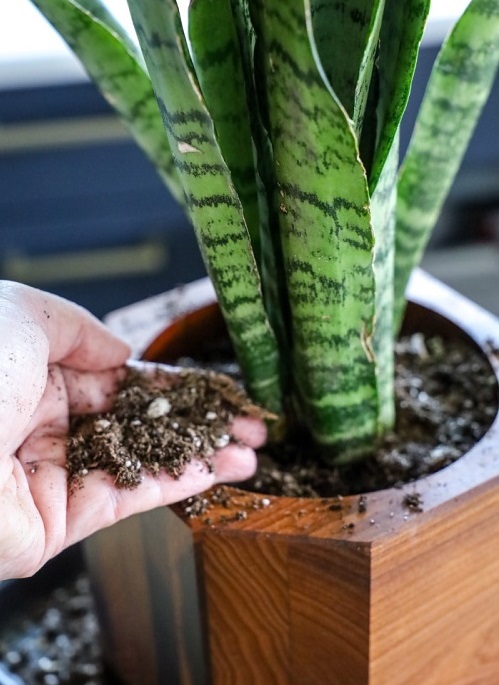
Snake plants love well-draining soil, and a gritty mix can really help. This type of soil mimics their natural habitat, encouraging the plant to produce pups. To whip up the perfect gritty soil mix combine equal parts cactus or succulent potting soil, coarse sand, and perlite or pumice. This concoction prevents water from hanging around too long, keeping those roots happy and healthy.
Note: Snake Plants prefer their soil to dry out completely between waterings. Overwatering is a big no-no and can lead to root rot.
2. Embrace Temperature Fluctuations
Just like us, snake plants enjoy a bit of variety in their day. However, you can encourage pup production by exposing your plant to slight temperature changes. During the day, place your plant in a warm spot with plenty of indirect sunlight. At night, move it to a cooler area. This mimics the natural temperature fluctuations in their native environment and can stimulate pup growth.
3. Balanced Watering
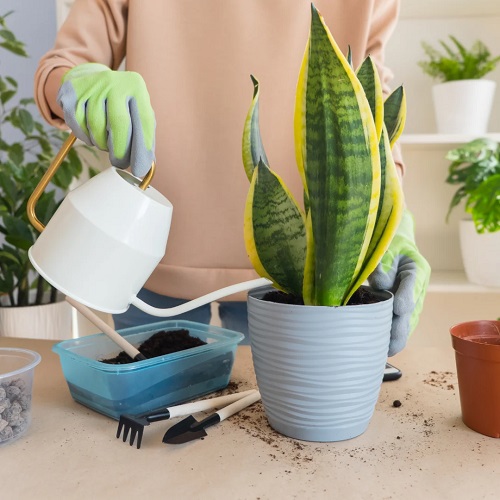
While snake plants are tough, they still need a drink now and then. The trick is to water them just enough. Just, let the soil dry out completely between waterings to encourage the plant to produce pups. This “less is more” approach encourages the plant to put its energy into growing pups rather than staying hydrated.
4. Prune the Roots Strategically
While it’s tempting to give the new pups a nutrient boost, avoid fertilizing them directly. They’re still delicate and can be easily damaged by strong fertilizers.
5. Increase Natural Light
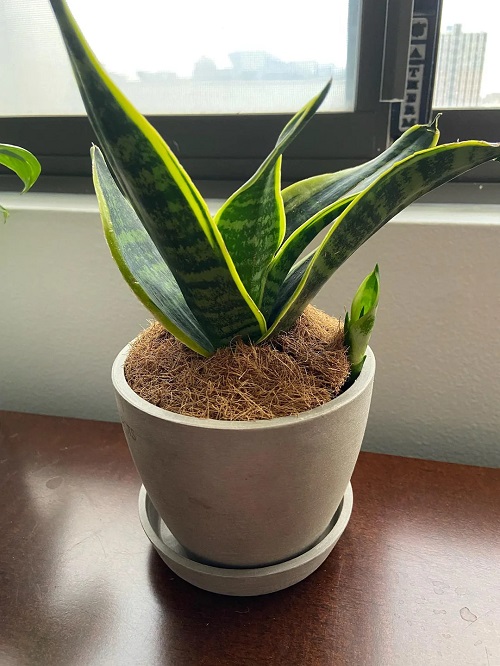
Root pruning might sound a bit scary, but it’s a simple and effective way to encourage pup production. Carefully remove the plant from its pot and trim some of the outer roots. This minor stress can encourage the plant to produce more pups, kind of like a survival tactic. Just be sure not to cut too many roots or damage the central root mass.
6. Try Coconut Water
For a natural growth boost, try using diluted coconut water. It contains cytokinins, which are plant hormones that can encourage growth. Mix one part coconut water with two parts regular water and treat your plant once a month during the growing season. It’s a gentle nudge to help those pups along.
7. Control Container Size
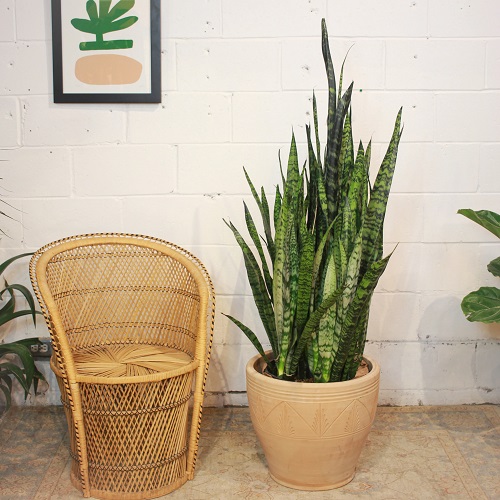
Snake plants like to be a little cozy. Keeping them slightly root-bound can encourage it to produce more pups. This means choosing a pot that’s snug but not too tight. Plus, when the roots have limited space, the plant diverts its energy into producing pups instead of expanding its root system. Just keep an eye on your plant to make sure it’s not too cramped, as this can stress the plant.
8. The Age Factor
Like fine wine, snake plants get better with age. Older plants are more likely to produce pups. So, if your plant isn’t showing any signs of parenthood yet, give it some time—it might just need to grow into it.
9. Controlled Fertilization
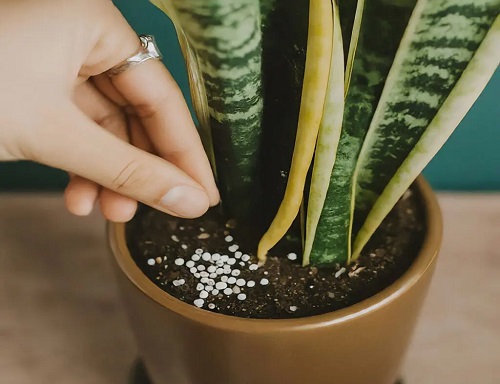
Once your snake plant starts popping out pups, a little snack can help things along. Use a diluted, balanced fertilizer and apply it around the base of the parent plant. This gives the parent plant the nutrients it needs to produce more pups. Just be careful not to overdo it, as too much fertilizer can burn the roots.
Caution: While it’s tempting to give the new pups a nutrient boost, avoid fertilizing them directly. They’re still delicate and can be easily damaged by strong fertilizers.
Conclusion
Growing snake plant pups is a fun and great way to expand your plant collection. With these tips, you’ll have a nursery full of baby snake plants in very less time. Have you tried any of these methods, or do you have your own tricks up your sleeve? So, share your experiences and tips in the comments below, and let’s grow our snake plant families together—one pup at a time!



